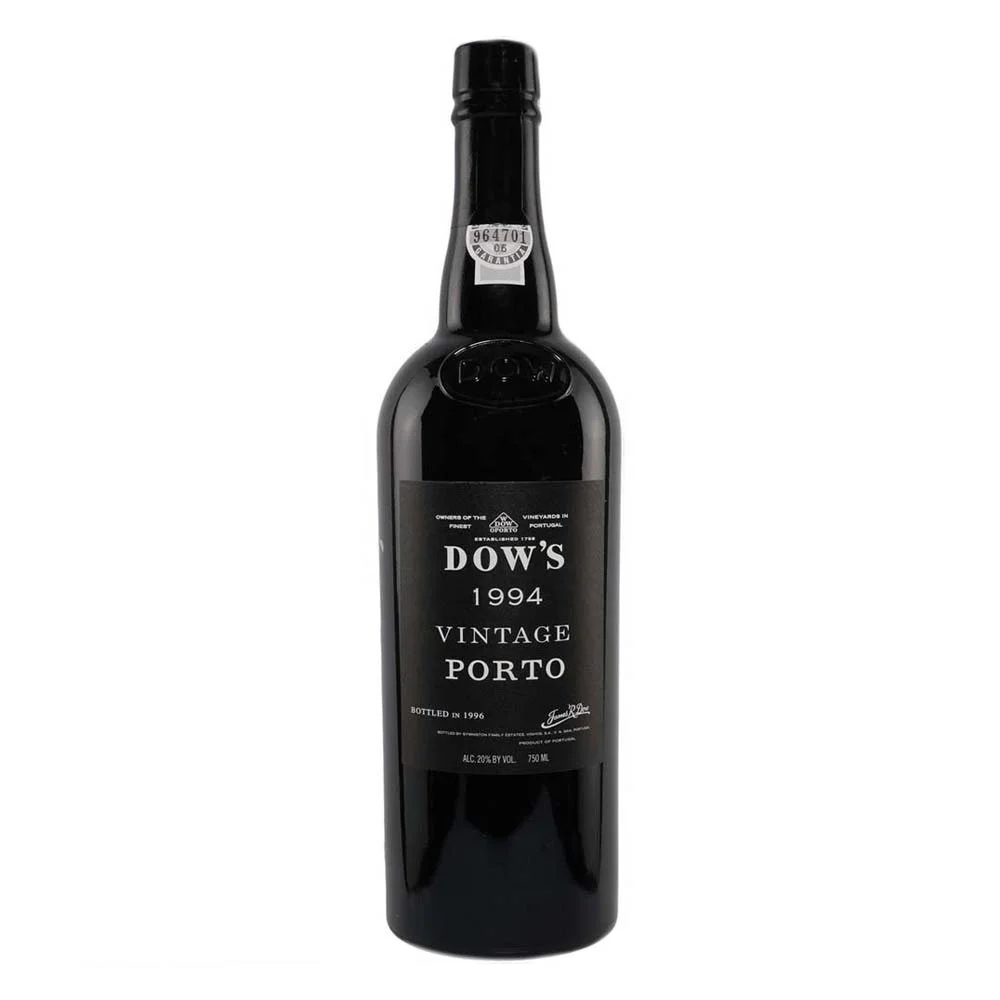PORT
Power, Sweetness, And Age-Worthy Depth
Port is a fortified wine from northern Portugal, known for its richness, depth, and balance between sweetness and structure. It’s a classic after-dinner wine, but also a surprisingly versatile pairing for cheese, chocolate, and even savory dishes—offering something for both the casual sipper and the serious collector.
Key Characteristics
Port wines are full-bodied, sweet, and fortified with brandy to preserve natural sugar. Flavors vary by style, from fruity and fresh to nutty and oxidized.
Style
Fortified
Body
Full
Acidity
Medium to high
Primary Grapes
Touriga Nacional, Touriga Franca, Tinta Roriz (Tempranillo), Tinta Barroca, Tinto Cão (usually blended)
Typical Flavors
Blackberry, cassis, fig, spice, cocoa, dried cherry, toasted walnut
Origin & History
Port hails from Portugal’s Douro Valley, where steep, terraced vineyards line the riverbanks. The fortification method began in the 17th century to stabilize wines for export, especially to England. The result became a beloved style, and the region is now one of the most historic and regulated wine appellations in the world.
How It’s Made
Port is made by partially fermenting red grapes, then adding neutral grape spirit (aguardente) to halt fermentation and retain natural sugars. The wine is then aged in barrels, tanks, or bottles depending on the style. Common types include Ruby, Tawny, Late Bottled Vintage (LBV), and Vintage Port—each expressing a different level of fruit, spice, and oxidation.
Notable Regions
Authentic Port is only produced in Portugal’s Douro Valley, but its styles are imitated around the world.
Portugal
Douro Valley
The only official region for true Port; styles range from youthful ruby to rare aged vintage
Portugal
Vila Nova de Gaia
Home to traditional Port lodges and long-term aging warehouses
Food Pairings
Port’s sweetness and depth make it a standout with bold flavors and rich textures.
Appetizers
Spiced nuts, pâté, blue cheese-stuffed dates
Cheeses
Stilton, aged cheddar, creamy blue cheese
Meats & Mains
Roast venison, duck with fruit glaze, charcuterie
Desserts
Chocolate torte, figs, pecan pie, crème brûlée
How to Serve It
Glassware
Small dessert wine glass or white wine glass to focus aromatics and sweetness
Temperature
Ruby and Vintage: 60–65°F (16–18°C)
Tawny and LBV: Slightly cooler, 55–60°F (13–16°C)
Storage
Store sealed bottles on their side in a cool, dark place; once opened, consume within 1–2 weeks (longer for Tawny)
Fun Fact
Vintage Ports are only declared in the best years; and even then, producers decide individually. These wines can age gracefully for decades.
Recommended Producers
These houses exemplify the diversity and craftsmanship of Port, from richly structured vintage bottlings to elegantly aged tawnies.
Dow’s
A classic Port house celebrated for powerful, long-lived Vintage Ports that develop depth and complexity over decades.
Quinta do Noval
One of the Douro’s most historic estates, producing both iconic Vintage Ports and refined, nutty Tawny expressions with balance and finesse.
Ramos Pinto
A dynamic producer known for expressive, fruit-forward Ports that age gracefully while maintaining vibrancy and charm.
Recommended Pours
Dow's - Vintage Port 1994 — A powerful and age-worthy Vintage Port with dense black fruit, spice, and firm tannins now unfolding into layered complexity.
Quinta do Noval - Tawny Port 20 year old NV — A refined aged Tawny with notes of dried fig, toffee, almond, and silky elegance.
Quinta Do Noval - Vintage Port 2003 — A bold and structured Vintage Port offering rich dark fruit, chocolate, and vibrant freshness with aging potential.
Ramos Pinto Port 2000 — A full-bodied and expressive Port showing ripe plum, licorice, and evolving notes of spice and dried fruit.





